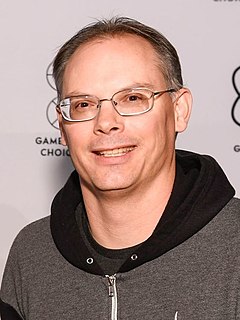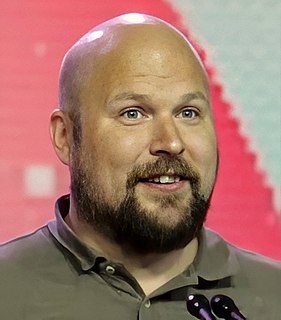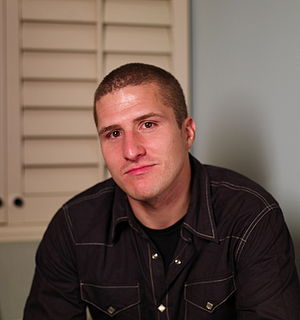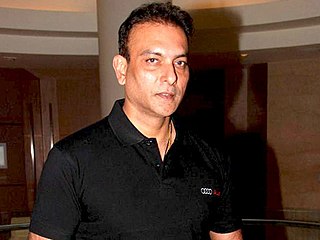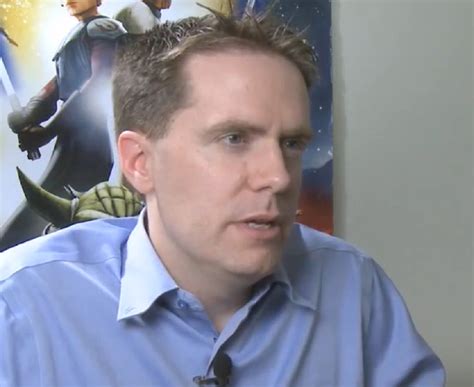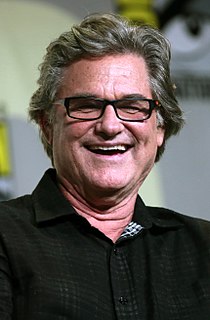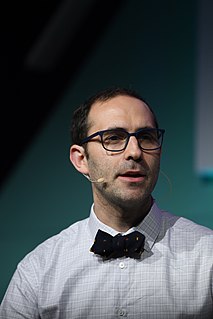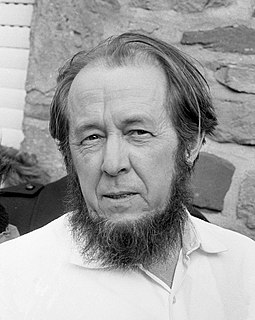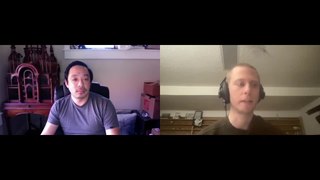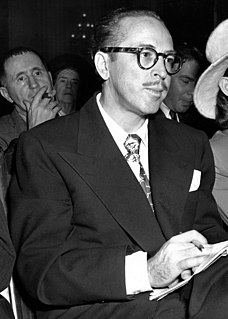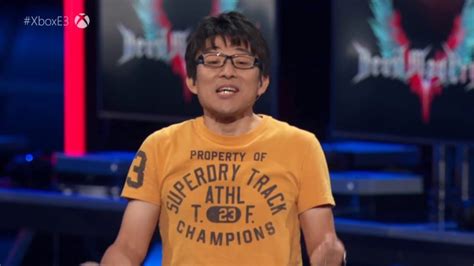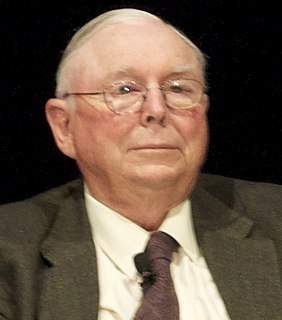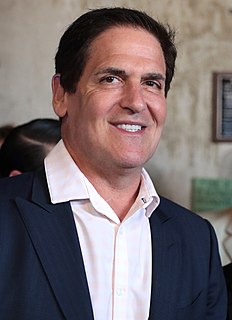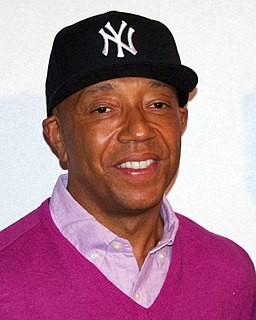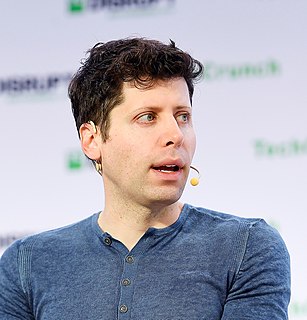A Quote by Tim Sweeney
There are major benefits to building a game once and improving it over a long period of time based on user feedback and behavior. It's kind of depressing to have to build a game once, take all the user feedback, and then spend the next 3 years building another game.
Related Quotes
With resilience you are learning to be flexible and take feedback on how people are experiencing what you are building, you're listening to what your customers are saying, you're building these relationships, and making better decisions over time. That all really starts with that resilience and that willingness not to be perfect.
For the third generation Unreal Engine, we are building two versions of every model in our game. We are building a source model with several million polygons, between 2 and 6 million polygons. We use that model for all the lighting detail on the mesh. Then we go to the in-game version, which is usually about 10,000 polygons.
